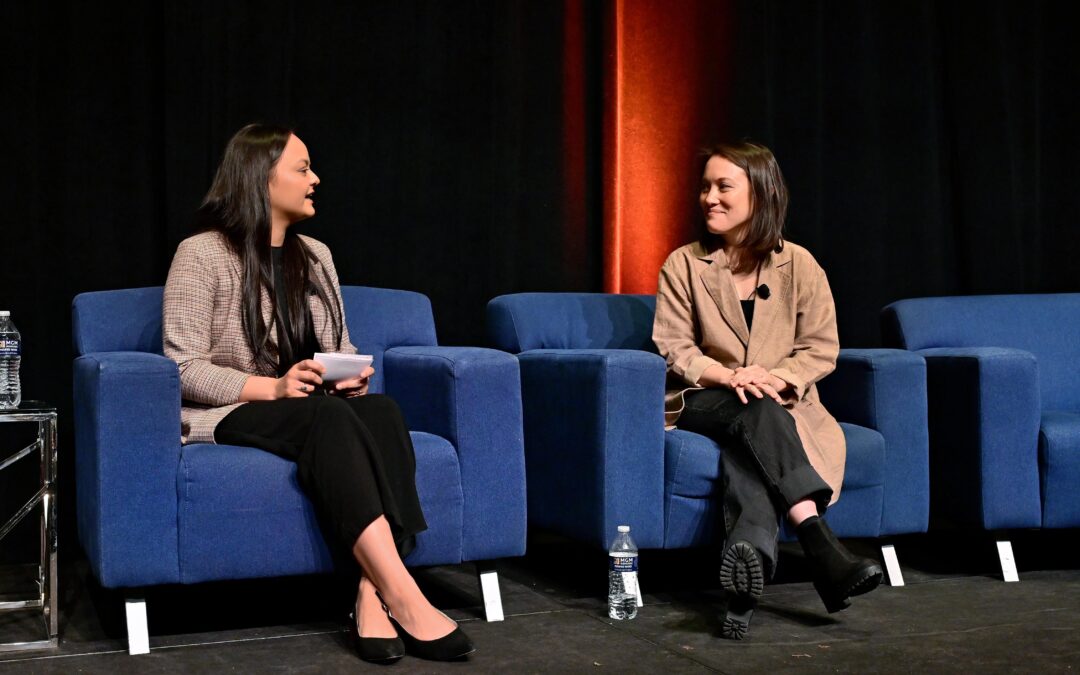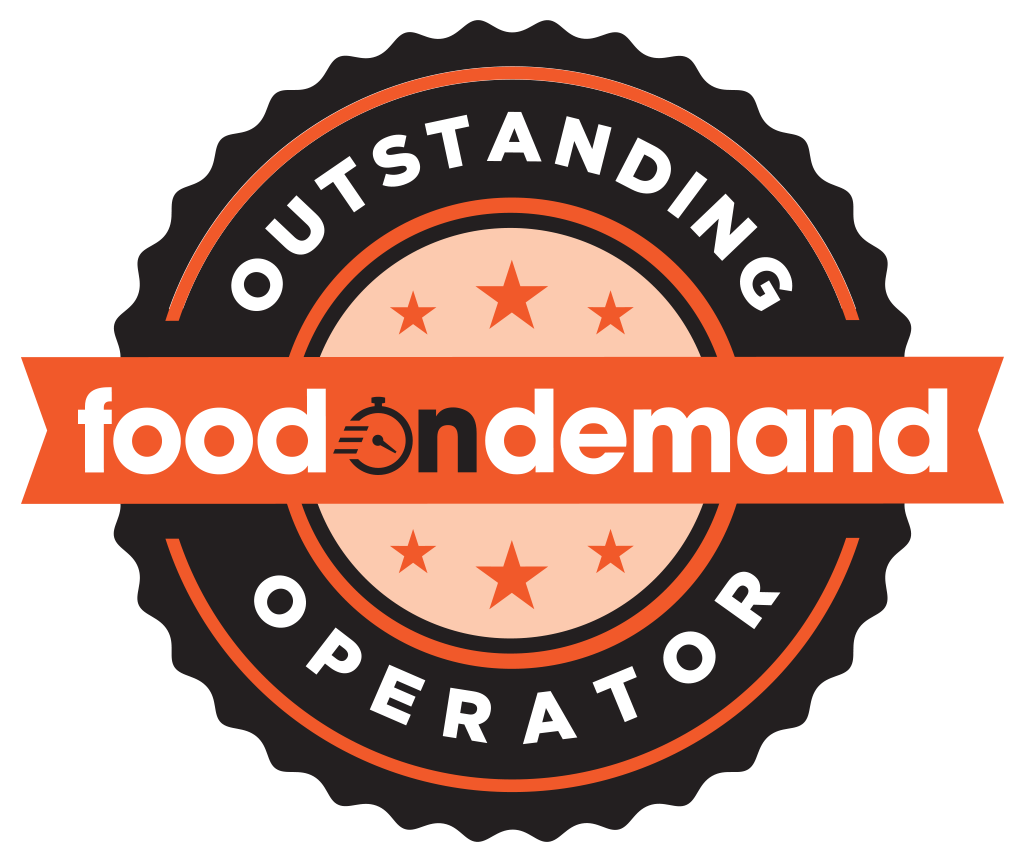DoorDash, UberEats, and GrubHub, the three major players dominating third-party food delivery, participated in the “Third-Party Delivery Deep Dive” panel at Food On Demand 2024. The delivery-provider representatives knew they had some skeptics in the audience as not all operators are thrilled with the cut providers take and the parsimonious nature of how they share data. They were there to win them over.
Brandi Villarreal, head of online food delivery at Uber Direct, went first. She led with a stat.
“Seventy-five percent of U.S. consumers expect on-demand delivery,” she said.
Powerful. Then she followed up with a heavier metric.
“When people come to our app to order dinner, two-thirds don’t know what they want,” she said, noting the influence of its marketplace in helping those not-sure-what-I-want-yet types find ideas.
Then she really went for the high heat.
“Ninety-four percent of customers favor reliability of service over price sensitivity,” she said.
And there is the pitch. Yes, Uber charges. But Uber also delivers and delivers well.
Steve Puchala, senior vice president of GrubHub’s restaurant network, took the stage next. GrubHub is running third in this three-provider race but it still maintains some toeholds, particularly on college campuses. He had his own numbers.
“Twenty-five percent of all restaurant orders come from digital channels,” he said, “and that’s likely to grow.”
Then he threw his own fastball.
“Seventy percent of customers on our platform order from a place they have never ordered from before,” he said.
In the world of customer acquisition, that is a tasty morsel.
Puchala noted the 350,000 restaurants in its marketplace and that GrubHub+ was growing. He won amiability points by saying how he was pulled out of retirement for this opportunity and that even though GrubHub is currently in the bronze-medal slot, it is still thriving.
“Even at 10 percent of market share in the U.S., that is still millions and millions of orders each month,” he said.
Then it was time for Ruth Isenstadt, head of U.S. restaurants at DoorDash. DoorDash is the Caitlin Clark of the category, with 66 percent of market share and 18 million subscriptions.
Isenstadt reported on the results of a recent survey and joked that the results are kind of obvious, which they are, but valuable, which they also are. The results: consumers want many selections and many prices. Yes and yes. So give them what they want.
She addressed concerns from operators by discussing a few DoorDash initiatives to indicate the company is listening to them. One is its Restaurant Advisory Council, which rotates members every six months. Another is its Merchant Experience Partner Program. And perhaps the most relevant is its Merchant Portal, which includes a platform where restaurants can see performance.
And she described its self-serve option to operators, in which a restaurant can use its own in-house team to deliver DoorDash orders at a reduced commission, while getting access to Dashers when it needs them.
“Our goal is to bring the best in your neighborhood to consumers,” she said.


